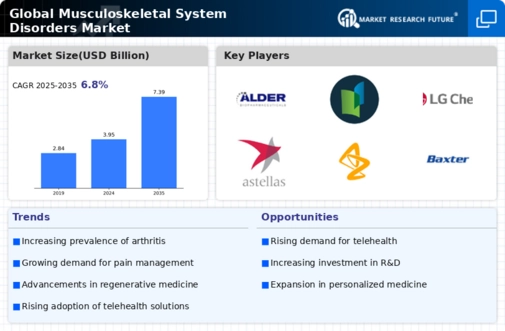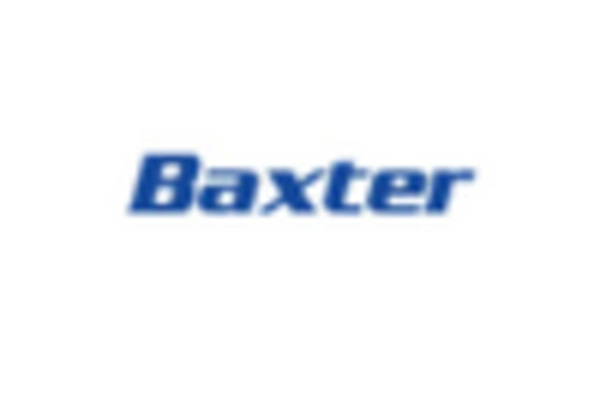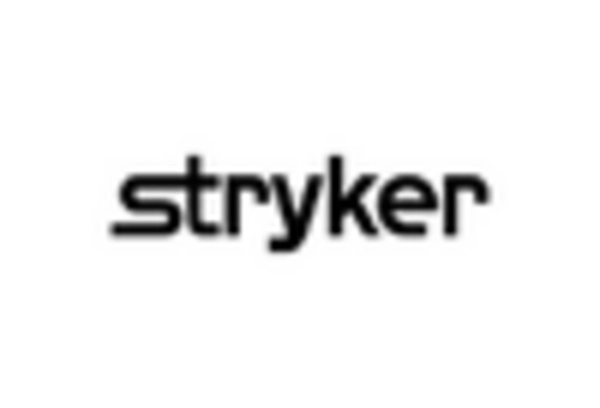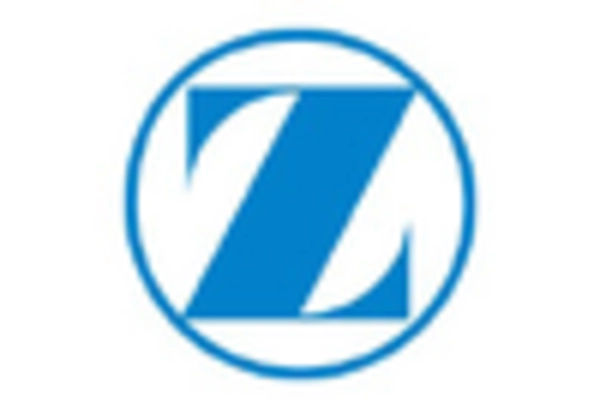Market Analysis
In-depth Analysis of Musculoskeletal System Disorders Market Industry Landscape
The market dynamics are significantly impacted by the prevalence and incidence rates of musculoskeletal system disorders. As these disorders affect a substantial portion of the global population, there is a continuous demand for innovative treatments and therapies.
Aging is a major factor, because the problems become more common with old age as musculoskeletal pathologies from osteoarthritis and osteoporosis. The rising aging populace around the world results in a wider patient base which pushers treatment requirement that improves mobility and reduces pain affiliated with these conditions. Medical technology has been the key to shaping up this market. Innovative diagnostic tools, imaging techniques and surgical interventions implemented from today’s have bettered the diagnosis as well were metamorphosed to improvement of treatment efficiency boost market value. Sustained R&D in the biopharmaceutical space uncovers emerging drugs and treatment approaches. However, biologics and targeted therapies have brought a sea-changes in the treatment of musculoskeletal disorders as these alternative options are efficient methods that target those individuals who need them. Tight control structures and approval processes underpin market dynamics. The application granting process for the new drugs and therapies requires a lot of time, objects resources that is reflected in market entry innovation solutions accesses as well competition models formations. The markets dynamics proportional with health care infrastructure availability and accessibility. Geographically, areas with a stable healthcare system and facilities see more adoption of the advanced treatment process thus creating regional differences in market development on opportunities. The patients’ level of consciousness with regards to MS disorder determines treatment-seeking behavior. Rising awareness programs and educational initiatives create the trend of early diagnosis as well as treatment hence; contribute to the market in a positive manner. The cost of the treatment for musculoskeletal disorders is directly dependent on national healthcare expenditure and reimbursement policies as they control its accessibility. Government policies and insurance coverage impact market dynamics in terms of forming the relationship between patients accessibility to services under consideration influencing competitiveness level within this field. The links between the pharmaceutical firms, research organizations and healthcare providers promote innovation while at shaking hands with effective means to come up new treatments in a shorter period. Strategic alliances increase the diversity of market environment facilitating an exchange of expertise and resources.
Intense competition among pharmaceutical companies, both established and emerging players, drives continuous innovation and price dynamics. Market share, pricing strategies, and the ability to meet the evolving needs of healthcare systems contribute to the competitive landscape.


















Leave a Comment